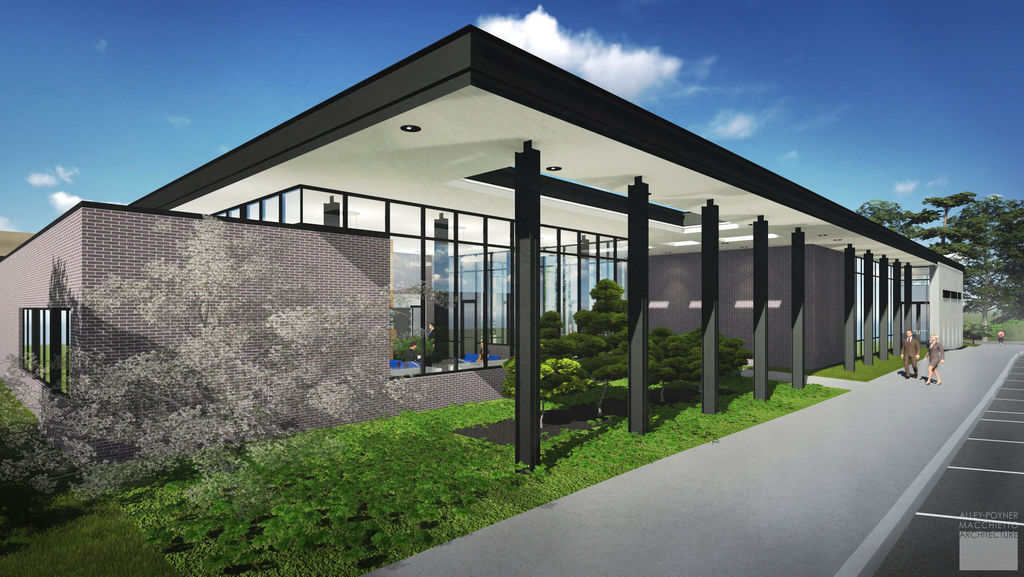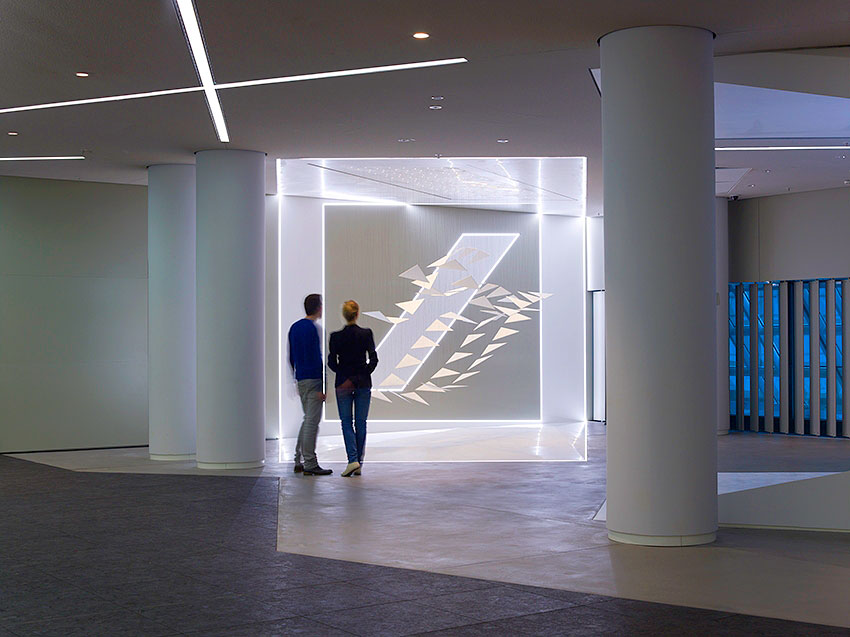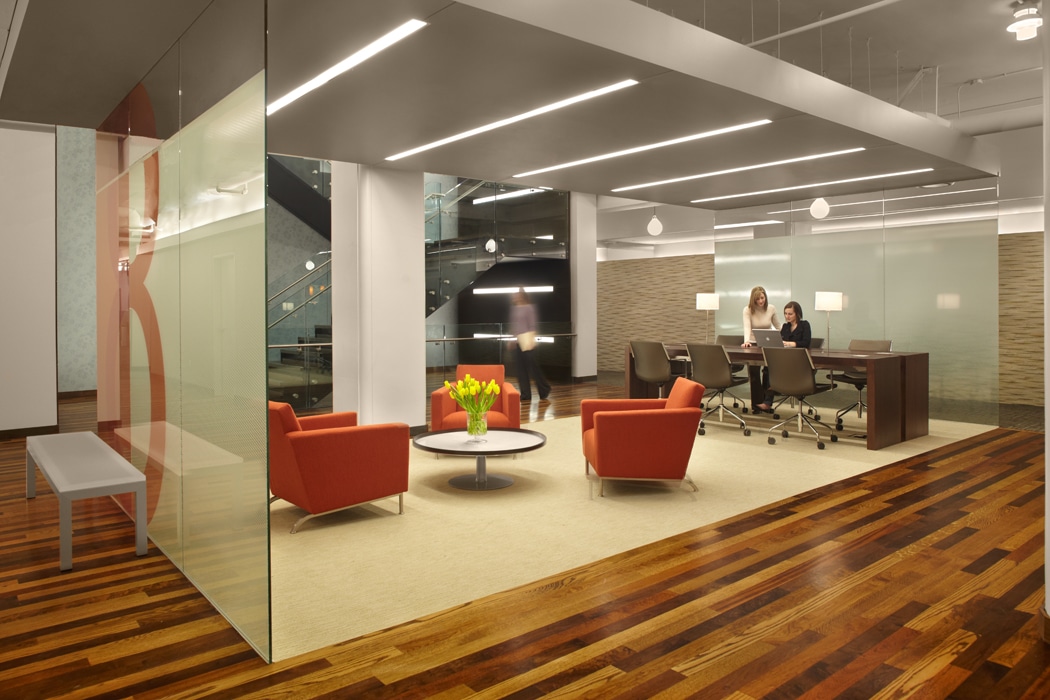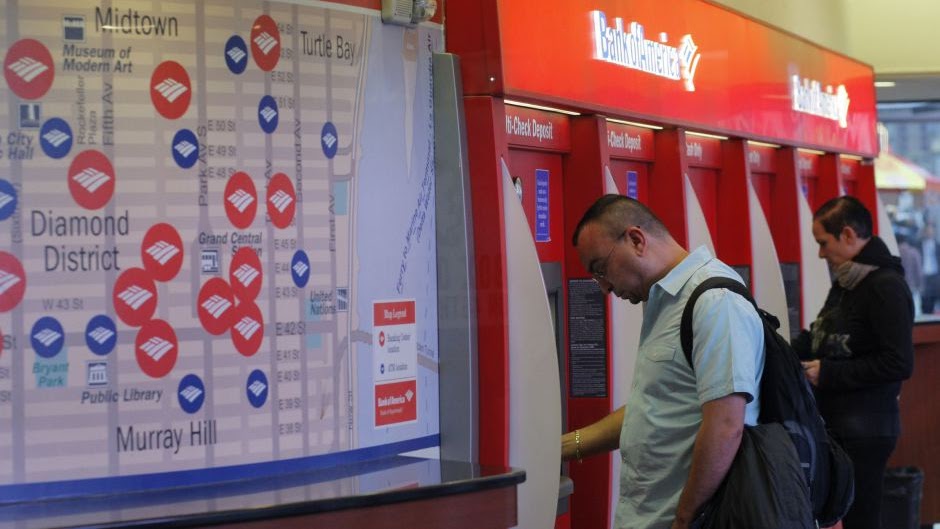Brick and mortar (also bricks and mortar or B&M) in its simplest usage describes the physical presence of a building(s) or other structure. The term brick-and-mortar business is often used to refer to a company that possesses buildings, production facilities, or store for operations. The name is a metonym derived from the traditional building materials associated with physical buildings: bricks and mortar. The term was originally used by Charles Dickens in the book Little Dorrit.
More specifically, in the jargon of e-commerce businesses, brick-and-mortar businesses are companies that have a physical presence and offer face-to-face customer experiences. This term is usually used to contrast with a transitory business or an internet-only presence, such as an online shop, which have no physical presence for shoppers to visit and buy from directly, though such online businesses normally have non-public physical facilities from which they either run business operations, and/or warehousing for mass physical product storage and distribution. Concerns such as foot traffic, storefront visibility, and appealing interior design apply mainly to brick-and-mortar businesses rather than online ones.
The divergence between brick-and-mortar businesses and online businesses has expanded in recent years as more and more entrepreneurs and established organizations create profitable products known as web and mobile apps. Most web and mobile apps are digitally distributed and offer value without delivering a physical product or direct service, thereby eliminating the need for manufacturing, warehousing, and distribution. Furthermore, the advent of reliable, affordable remote business collaboration tools diminishes the need for physical business operations infrastructure for many web and mobile product businesses.
The term brick-and-mortar businesses is also a retronym in that most stores had a physical presence before the advent of the Internet. However, the term is also applicable when contrasting businesses with physical presence and those that operated strictly in an order-by-mail capacity pre-Internet. Some stores such as Best Buy, Walmart, and Target are primarily known as brick-and-mortar businesses but also have online shopping sites.

History
If we look at the history of brick and mortar then it has been around forever, from the first ever market stall to the to the most high tech shops that we see today are all brick and mortar. This physical presence has been universal in providing goods and services to consumers throughout history. All large retailers started off with a small Brick and mortar presence which increased as their businesses grew. A great example of this is McDonald's who started with one restaurant but now possess nearly 35,000 restaurants in over 110 countries and they plan to grow further which shows the importance of having this physical presence.
Brick and Mortar in decline
Netflix is a great example of how an online business has had an impact on a B&M business such as Blockbuster LLC. 'The rapid rise of online film streaming offered by the likes of Lovefilm and Netflix made Blockbuster's video and DVD business model practically obsolete.' There has been an increase in online retailers as people are using E-Commerce to fulfil basic needs such as grocery shopping. Sales through mobile devices have also risen, 'While total online sales rose 18% year-on-year in December to £11.1bn, according to the latest figures from e-tail industry body IMRG and advisory firm Capgemini, sales via mobile devices doubled to £3bn.' The convenience of information being available on-line has decreased footfall in retail outlets as consumers can access the same information whilst saving time and money, 'Today's consumers lead busy lives and shopping takes time. Often it is a task. Consumers find researching and shopping on the Web far more convenient than brick-and-mortar visits.' Another example of this would be the introduction of online banking, online banking has affected bank branches on the High Street, 'Confidential details revealed exclusively to The Mail on Sunday show that Barclays will shut at least 50 branches this year.' Brick and mortar businesses are not limited to having a physical presence only, they may also have an online presence such as Tesco who offer an online grocery service as well as a brick and mortar presence.

Benefits of Brick and Mortar
The presence of brick and mortar may bring many benefits to businesses, the following are some of the things that can be influenced by B&M;
- Customer Service - face to face customer service can be a big contributor into increasing sales of a business. Research has shown that 86% of customers will pay more for a product if they have received great customer service.
- Face-to-face interaction - the elderly are used to a more traditional approach when it comes to shopping and prefer to have a demo when buying new technology for example. Research has shown that customers prefer to touch products and experience them before they buy.

Drawbacks of Brick and Mortar
Brick and mortar approach also has its drawbacks;
- New businesses and fixed costs- Fixed costs are an integral part of B&M businesses, for new starter businesses it will be harder to keep up with these costs. Research shows that 70% of new start up businesses fail within the first 10 years.
- Inconvenient for customers with busy lifestyles- People have busier lifestyles now and therefore find it harder to find the time to physically go and shop, online shopping would be more convenient for these people.
- Expensive products- B&M increases the fixed cost, therefore the products sold in shops tend to be more expensive compared to online shops.
- Wider stock availability online- Products maybe out stock in brick and mortar retail but online shops will always have stock in warehouses which may be quicker to ship out.

See also
- Showrooming
- Bricks and clicks

References
Interesting Informations
Looking products related to this topic, find out at Amazon.com
Source of the article : here


EmoticonEmoticon